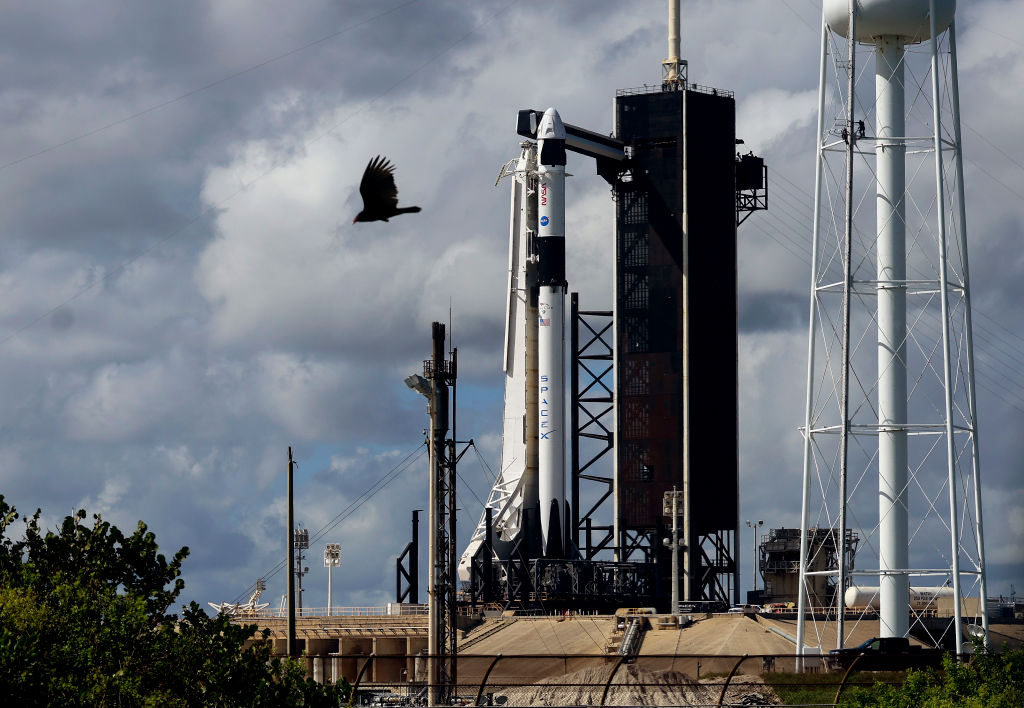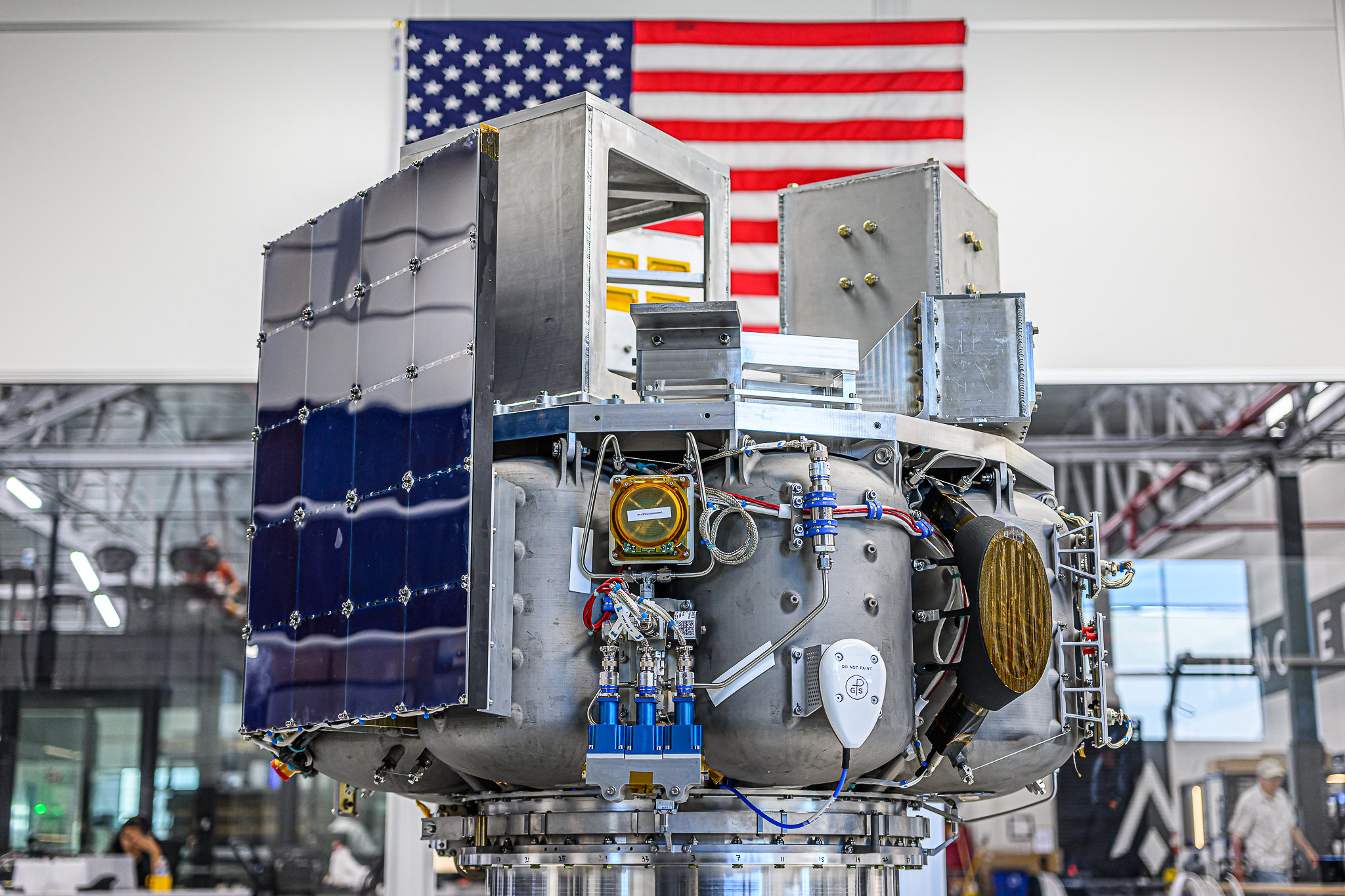Hello and welcome back to Max Q! We’re hitting the ground running at TC HQ, and it seems the space industry is, too — there was a lot of news, which means a lot to get to in this issue! Read on for more.
In this issue:
- A catch-up with Impulse Space
- SpaceX kicks off 2023 launch with Transporter-6
- News from Momentus, the Indian Space Research Organization and more
Impulse Space will hitch a ride on SpaceX’s Transporter-9 for first mission later this year
In-space transportation startup Impulse Space will head to orbit aboard a SpaceX rideshare mission later this year, as it seeks to prove out its orbital maneuvering and servicing technology for the first time.
While there’s always major pressure before an inaugural demonstration, there will likely be more eyes on Impulse’s mission than usual. That’s not least because the startup is headed by Tom Mueller, SpaceX’s former head of propulsion, a formidable engineer who led the development of the Merlin engine that powers the Falcon 9 rocket — the very rocket Impulse will use to reach space.
Impulse will first send its first orbital service vehicle to space to test its propulsion, payload delivery and hosting, software, communications and maneuvering capabilities. That spacecraft, called Mira, will hitch a ride on SpaceX’s Transporter-9 rideshare mission in the fourth quarter of this year, the company announced today.

Image Credits: Kevin Dietsch/Getty Images
Startups go to space for the first time on SpaceX’s Transporter-6 mission
SpaceX launched more than 100 payloads to orbit on a Falcon 9 last Tuesday, the sixth mission of its small-sat rideshare program. But while the rocket company is now an old hand at launches — SpaceX just completed a record year with 61 launches in 2022 alone — for a handful of space startups, Transporter-6 marked a milestone.
Those startups include Launcher, which is conducting its first space tug mission; Magdrive, which is providing an inaugural in-orbit tech demonstration; and Epic Aerospace, which also launched a space tug for the first time. Transporter-6 also carried satellites for Planet Labs and Spire Global, as well as other payloads for scientific, research and commercial customers.

Image Credits: Launcher/John Kraus(opens in a new window)
More news from TC and beyond
- Blue Origin may have left up a job description for a secret space tug project for a little too long… Ars Technica got wind. (Ars Technica)
- Intuitive Machines will fly a rover for Japan-based robotics company Dymon on its second mission to the moon. The Yaoki rover will head to the lunar south pole on Intuitive Machines’ Nova-C lander sometime in the latter half of this year. (Intuitive Machines)
- Iridium is teaming up with Qualcomm to bring satellite connectivity to several new smartphones running Android this year. (The Washington Post)
- ispace’s HAKUTO-R Mission 1 lunar lander successfully executed its second orbital control maneuver, keeping it on track to reach the moon sometime this spring. (ispace)
- John Deere is finalizing a satellite partner, as the agriculture machinery company looks to create its geospatial data product for farmers. (CNBC)
- Microsoft and the Indian Space Research Organization have signed an MOU to give Indian space startups free access to the technology behemoth’s cloud tools. (TechCrunch)
- NorthStar Earth and Space closed a $35 million Series C for its space-based space situational awareness constellation. The round was led by Cartesian. (NorthStar)
- SpaceX is raising $750 million at a $137 billion valuation, with Andreessen Horowitz likely leading the round, according to emails. (CNBC)
- Virgin Orbit is looking at a launch date as soon as January 9 for its inaugural mission from the United Kingdom (and the U.K.’s first space flight, ever). (SpaceNews)
- Voyager Space landed a new partner for its private space station, Starlab: Airbus Defense and Space. Airbus “will provide technical design support and expertise” for the space station, which Voyager says will launch in 2028. (Voyager)
Max Q is brought to you by me, Aria Alamalhodaei. If you enjoy reading Max Q, consider forwarding it to a friend.
Max Q: Hitting the ground running by Aria Alamalhodaei originally published on TechCrunch
DUOS





